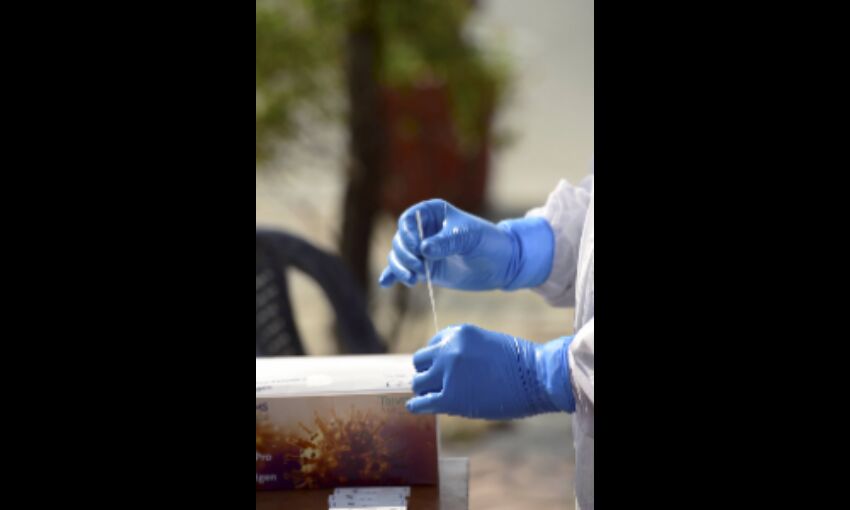Stemming the tide

Extensive contact tracing carried out in India by a joint team of Indian and US researchers has shown that so-called super spreader events and super spreader individuals are disproportionately responsible for the spread of infection. In fact, among the cases observed by the team, 8 per cent of people infected with Covid accounted for 60 per cent of the new cases recorded by the team concerning the study. Their work also showed that individuals exposed to other Covid infected people in lower-risk environments have only a 1.6 per cent chance of infection at more than three feet away/ On the other hand, research done on the spread of infection in poorly ventilated indoor spaces showed that nearly 80 per cent of the people present in such spaces alongside an infected person were infected in turn. The most important finding for the team was that, contrary to belief, super spreader events are not the outliers but rather than the norm, at least for outbreaks in India. The research suggests that behaviour is a far bigger determinant of whether a person will act as a super spreader or not after getting the virus. Still in investigation is possible biological differences that would make one person spread the virus more effectively than another.
Concern over these superspreaders is already evident in efforts by various Indian state governments in locating these superspreaders. Authorities in Gurgaon have identified certain hotspots for random sampling to identify these spreaders "targeting geographical, professional and social profiles". As of now, it has been reported that these random tests will still be voluntary despite fears. Of significant concern to the authorities should be the findings of the story that show that children are just as likely to be superspreaders as adults. This contradicts the assumptions that have underlined the rationale behind opening schools early that the virus does not affect children as significantly. The idea that children somehow have a minor role in the pandemic could make them even more effective superspreaders. Another research team from the University of Central Florida has identified another one of the particular features that contribute to a person being a super spreader. According to their research, a sneeze from a person who has a blocked nose and a full set of teeth travel 60 per cent further than people who don't. The study is in relation to efforts to truly understand how far sneezes travel in given circumstances and then recommend countermeasures. Significantly, this study somewhat discounts the idea of a consistent safe social distance as other factors can determine the likelihood of infection at a certain distance.
All this emphasis on superspreaders and their role in the pandemic and the current third wave has meant that some experts have a highly unusual theory regarding why it is most important to first identify and target these superspreaders with vaccines instead of following the commonsensical path of vaccinating the vulnerable population first. Simply put, the theory dictates that it would be far more sensible to target people with wider social or work circles first as they have the potential to carry the virus from one community to several others. The vulnerable such as the old and sick may have relatively less chance of spreading the virus across a larger area, even if they are more likely to catch the virus or suffer its more severe symptoms. This idea stems from an older idea that was proposed for immunisation in 2003 by Shlomo Havlin called acquaintance immunisation. Simply put, the plan involved taking a random section of the population, asking that segment to identify one acquaintance each and then vaccinate that acquaintance. This would provide a real way to reach social hubs, people with wider social circles and the possibility of infecting a much larger percentage of the population. Of course, such strategies were not designed keeping in mind the sort of scale required for the current Covid vaccination campaign and thus, it is debatable as to whether such strategies would work as effectively in this case.
Either way, committees across the world are currently engaged in the complex task of deciding the right population segment to start vaccination with given problems of supply. Many options have been floated, with the most likely simply targeting vulnerable populations but it is difficult to say with certainty as to which option would yield optimum benefit in regards to early vaccination. This dilemma particularly applies to India with a massive population and increased affinity for superspreaders. As some have suggested, we can do the smart thing (optimally utilising the vaccine through various strategies) after doing the 'right thing' by protecting our most vulnerable sections.



